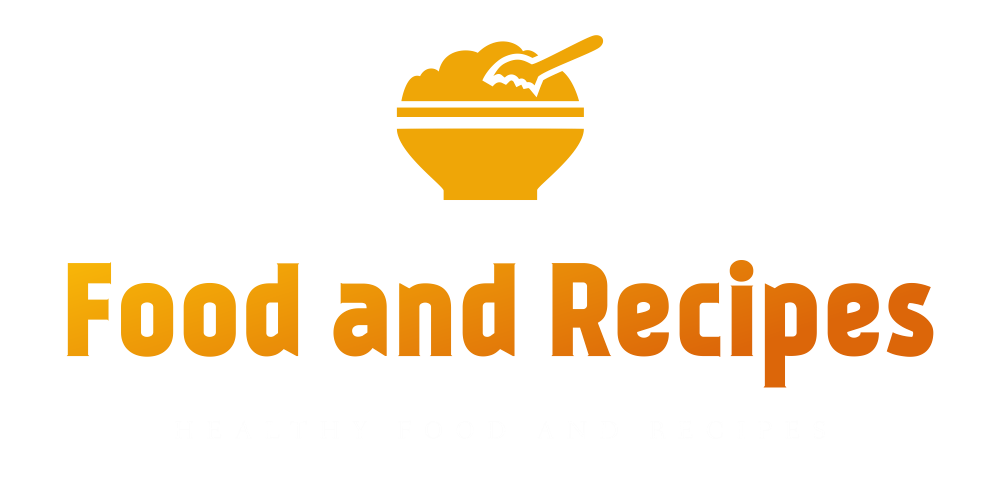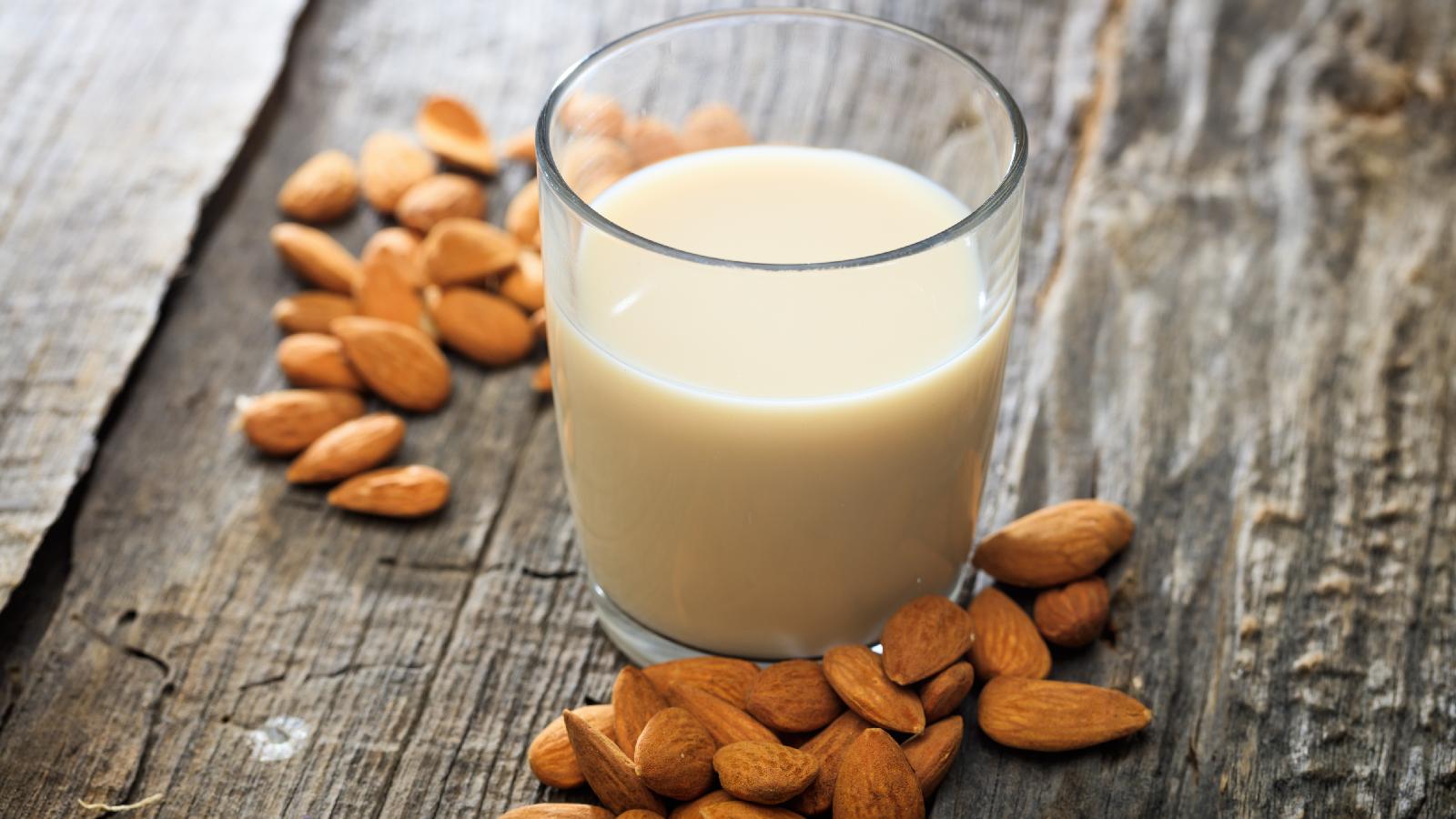
Frequent sugary food consumption can create the same bodily response as drug addiction, which can be passed down from mother to baby during breastfeeding, a new study has found.
The peer-reviewed study, published in the journal Cell Metabolism, has found that what someone eats alters their brain’s reaction to food.
The study explains that the brain can begin associating neutral signs with cravings, similar to Pavlov’s theory of association. Seeing the sign for a favorite patisserie can cause hunger and/or the drive to consume without the presence of hunger.
The association between the stimuli, in this case the patisserie, and the resulting feeling of hunger or desire for food is subliminally through the central nervous system. In response, the body will release dopamine that will entice future actions.
Sugar creates a strong dopamine response in the brain’s pathways that connect frontal lobe regions and the desire to eat sugar is further fueled by the body’s cells using the glucose for energy consumption.
How does a high-fat diet impact food cravings?
Scientists provided rats with a high-fat diet (HFD) and found that not only did the rats gain weight, but their dopamine signaling and functioning were also altered. The rats’ food preferences also changed.
When the scientists stopped the HFD, the rats showed a decreased desire for food.
The same experiment was carried out on mice and provided similar results.
Is the same true for humans?
It was previously not tested whether the diet results shown in animals translate to humans.
The study notes that this is an important question because it extends current models of obesity, which argue that genetic or trait-like factors predispose individuals for weight gain in an environment that is not conducive to weight loss. Furthermore, researchers theorize that if exposure to an HFD rewires brain circuits to impact preference and associative learning, then the cycle of overeating may begin with environmental exposure instead of (or in addition to) a predisposition.
To assess this, healthy, normal-weight participants underwent baseline assessment. Next, the participants were randomly assigned to dietary intervention with a high-fat, high-sugar (HF/HS) or a low-fat, low-sugar (LF/LS) yogurt 2 times a day, in addition to their normal diet, for 8 weeks. Subsequently, all subjects were reassessed (post-intervention session).
Participants were tested on designated days after an overnight fast.
Testing looked at BMI, hunger rating, and a blood draw. Subsequently, the participants received a granola bar for breakfast and performed a fat and sugar concentration preference test and a stop signal task, which tests inhibition responses by asking participants to respond as quickly as possible to a predetermined stimulus but to cease any response when a subsequently presented stop signal is displayed.
After a second blood draw examining glucose level, participants underwent fMRI acquisition during which they carried out a food anticipation and consumption task on a milkshake, showing that when faced with a choice of food products, either for immediate or later consumption, our brain anticipates the likely affect the food will have on us.
Next participants underwent an associative learning task, learning about the relationship between two seemingly unrelated stimuli becoming connected.
Results indicated that indeed the results on animals remained true for humans as well. Repeated exposure to energy-dense, HF/HS food, in the absence of body weight or metabolic change, can rewire brain circuits and shift dopamine-dependent associative learning and preference for particular foods.








